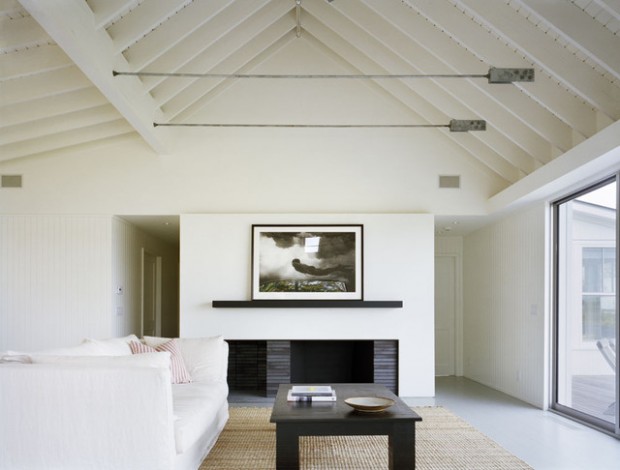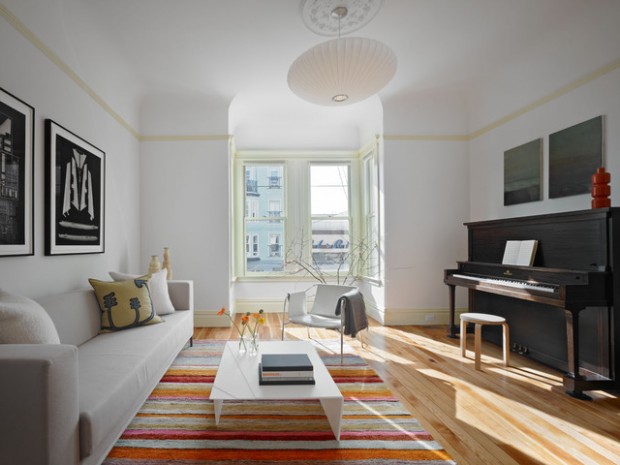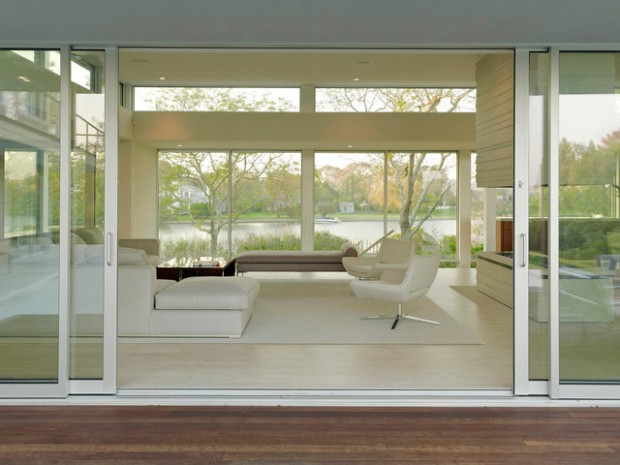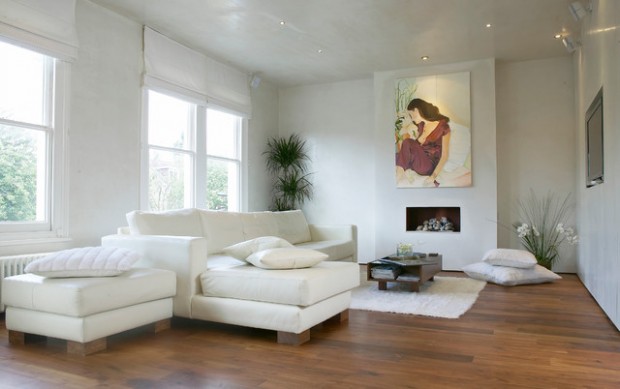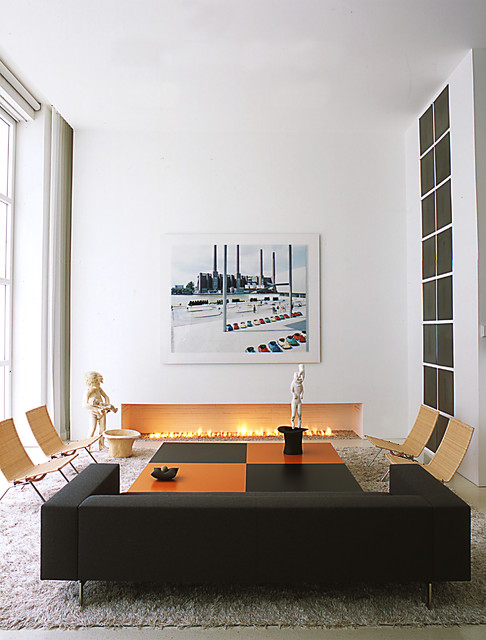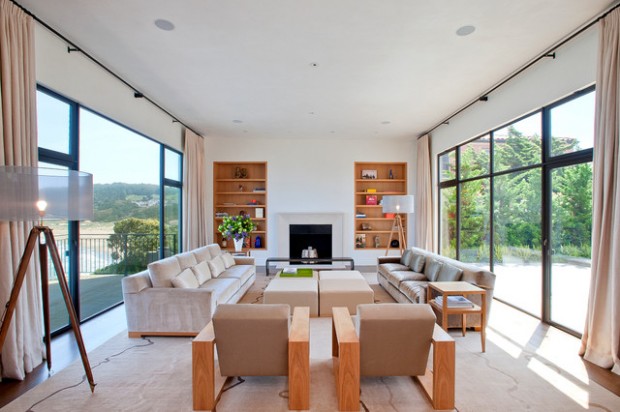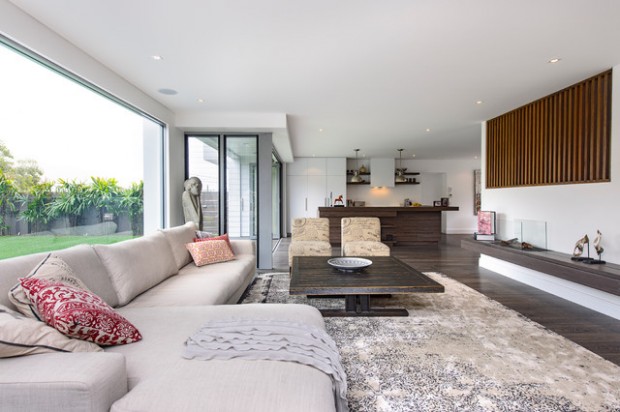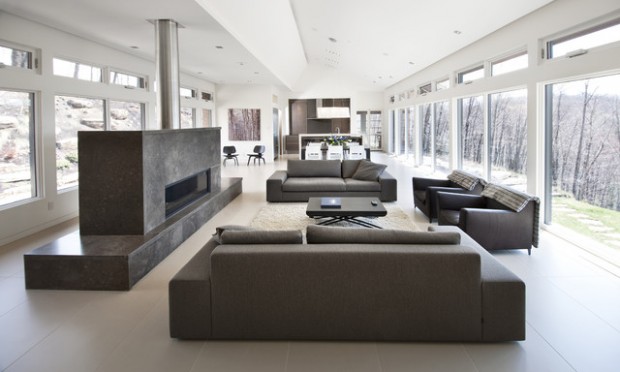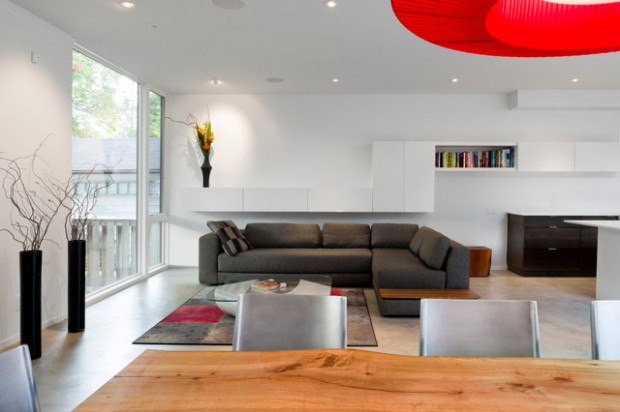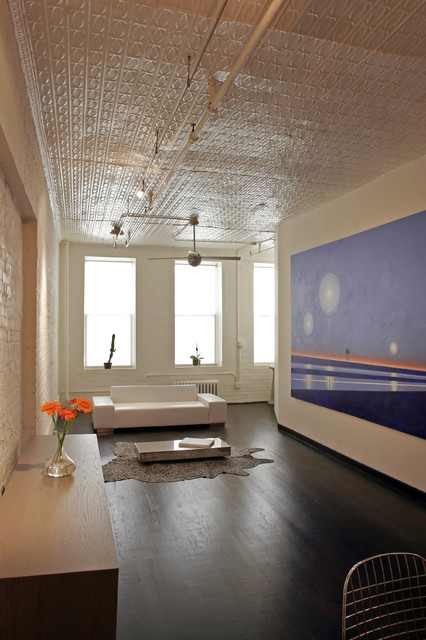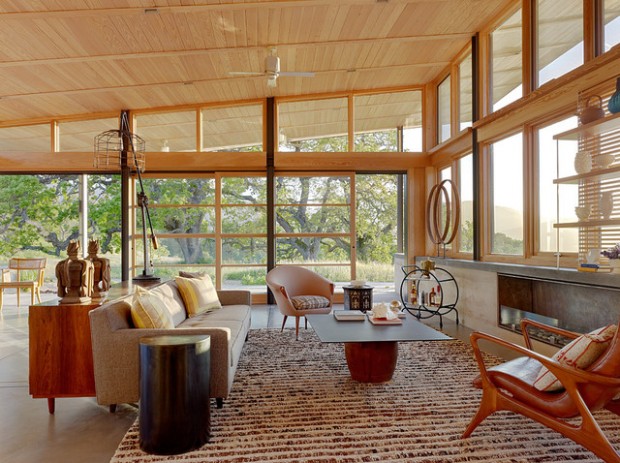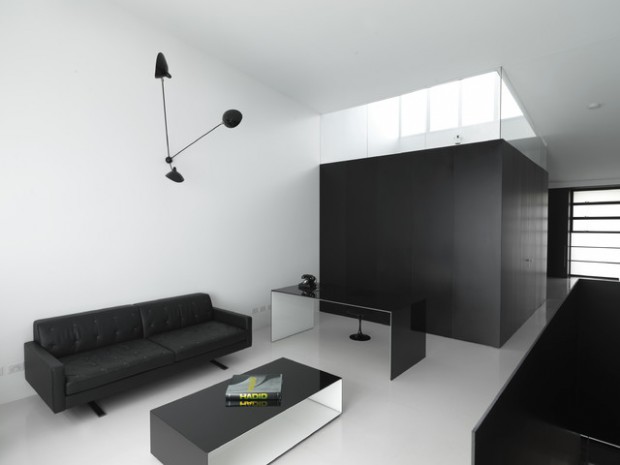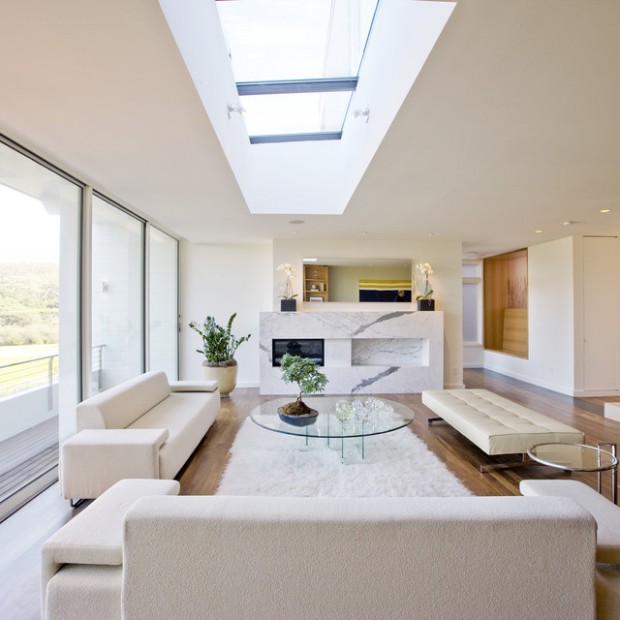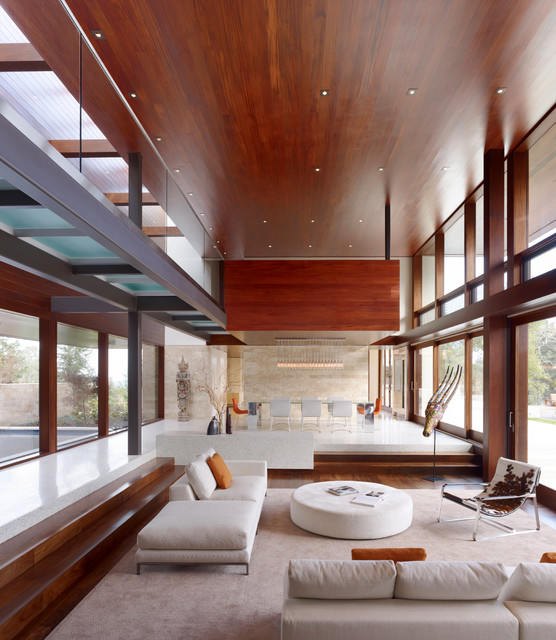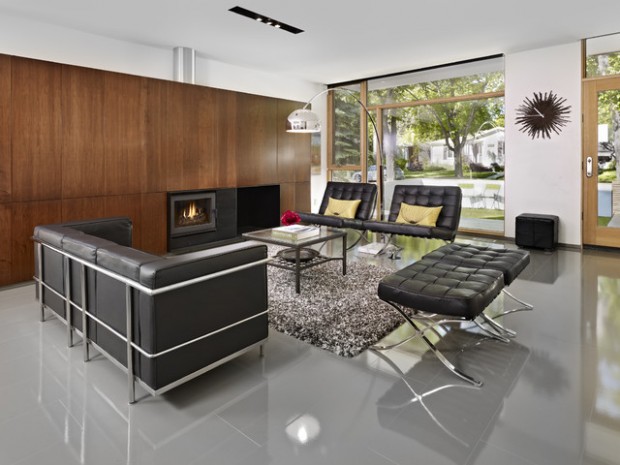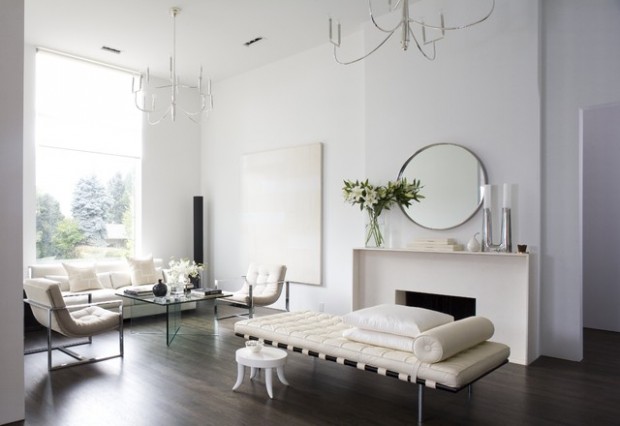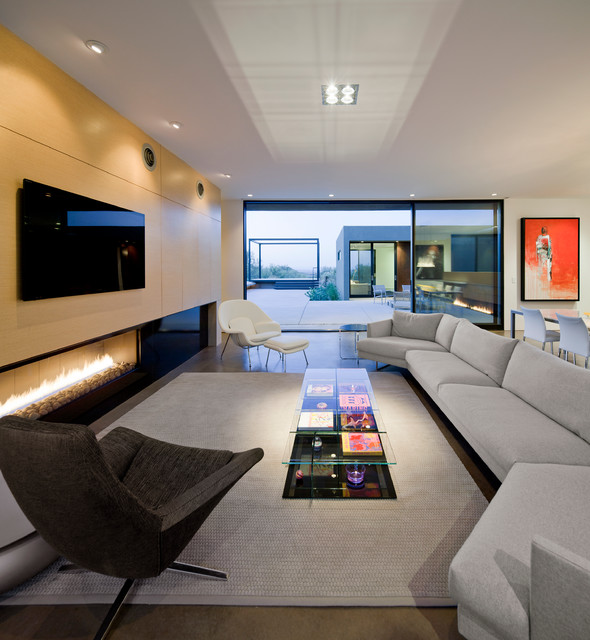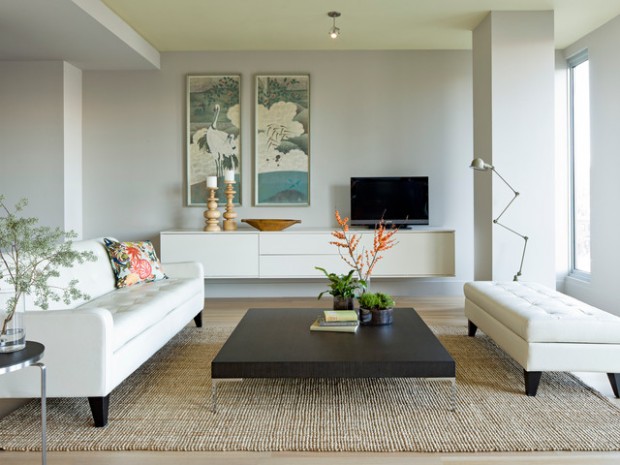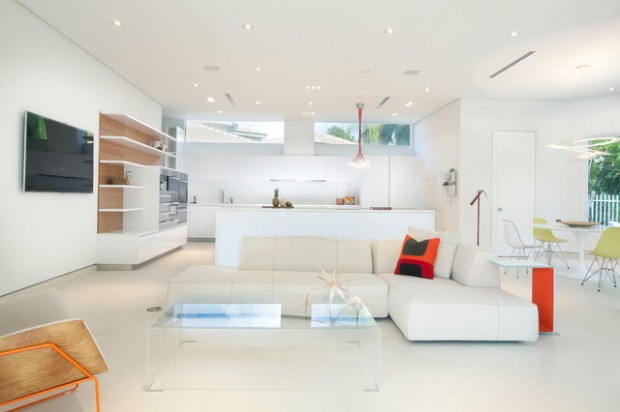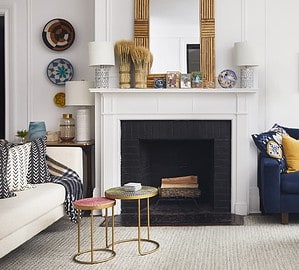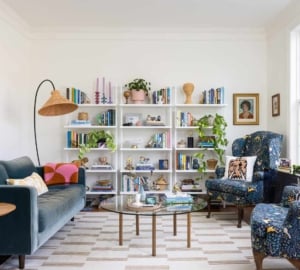Term minimalism is used to describe a trend in design and architecture wherein the subject is reduced to its necessary elements. Minimalistic design has been highly influenced by Japanese traditional design and architecture. The work of De Stijl artists is a major source of reference for such work. De Stijl expanded the ideas that could be expressed by very particularly organizing such basic elements as lines and planes.
Minimalism is relatively simple elegant designs; ornamentations are good rather than many. Lighting, using the basic geometric shapes as outlines, using only a single shape or a small number of like shapes for components for design unity, and using tasteful non-fussy bright color combinations, (usually natural textures and colors) and clean and fine finishes also influence a structure’s beauty. Sometimes using the beauty of natural patterns on stone cladding and real wood encapsulated within ordered simplified structures along with real metal produces a simplified but prestigious architecture and interior design. Color brightness balance and contrast between surface colors can improve visual aesthetics. The structure would usually have industrial and space age style utilities (lamps, stoves, stairs, technology, etc.) neat and straight components (like walls or stairs) that appear to be machined with equipment, flat or nearly flat roofs, pleasing negative spaces, and large windows to let in much sunlight.
Minimalist living room is one of the best modern styles, that will bring brightness, elegance and freshness into your daily stay.
